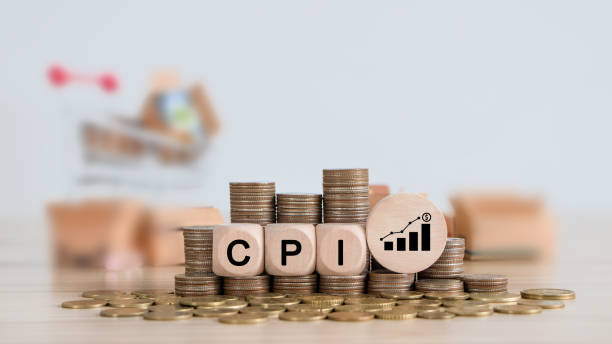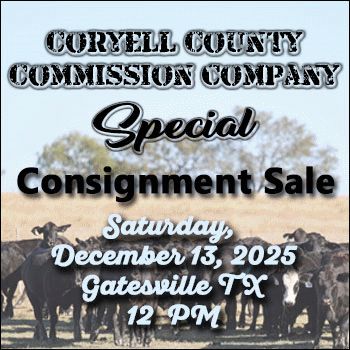Consumer prices showed little sign of tariff-related increases for the third month in a row, defying expectations of a significant rise in inflation tied to ongoing U.S. trade wars.
The absence of rising inflation is unlikely to spur the Federal Reserve to cut interest rates this month or even next, but it could pave the way for more reductions later in the year if the trend holds.
However, top Fed officials and Wall Street economists still think higher U.S. tariffs will cause prices to increase over the summer.
The evidence was thin in May. The consumer-price index rose a scant 0.1% last month, the Bureau of Labor Statistics said Wednesday. That was a tick below Wall Street’s forecast.
The 12-month increase in consumer prices edged up to 2.4% from a four-year low of 2.3%.
The so-called core rate of inflation also moved up a slight 0.1%. The core rate excludes volatile food and energy prices and is seen as a better predictor of future inflation.
The increase in the past year was unchanged at 2.8% for the third month in a row, leaving it above the Fed’s goal of 2% annual inflation.
Key details: The evidence of tariff-related price increases only appeared to show up in household furnishings, most notably appliances. Prices rose sharply for the second month in a row.
Yet the cost of goods was flat in May. That’s where the effects of tariffs were supposed to appear.
Inflation was mainly concentrated in services, most notably rent and home prices. The cost of car insurance also rose last month.
Prices fell for new and used cars, plane tickets and even clothing, most of which is made overseas.
The May CPI report is the first to be compiled after President Trump jacked up tariffs on China and raised them on most other countries.
The White House dialed back tariffs in May, but Wall Street economists and Fed officials still expect prices to rise and boost inflation through the summer, even at the current level of import duties.
The good news is that the economy has withstood the damage from the trade wars, the risks of recession have declined and the stock market has recovered.
Big picture: The relaxation of tariffs has given the economy breathing room.
Consumer confidence is on the upswing and businesses are cautiously optimistic they can handle somewhat higher U.S. tariff levels than they had been accustomed to.
The Fed, for its part, is in a holding pattern until it sees how the trade wars play out. The administration is trying to negotiate new deals with other countries, but so far there has been little progress.
So long as trade tensions persist, the economy is expected to just muddle along.
Looking ahead: “The Fed will still want to see several months of consistent inflation and jobs data and have more clarity on the Trump administration’s tariff policy before resuming cuts,” said Ryan Weldon, investment director at IFM Investors.
Articles on The Cattle Range are published because of interesting content but don't necessarily reflect the views of The Cattle Range.












